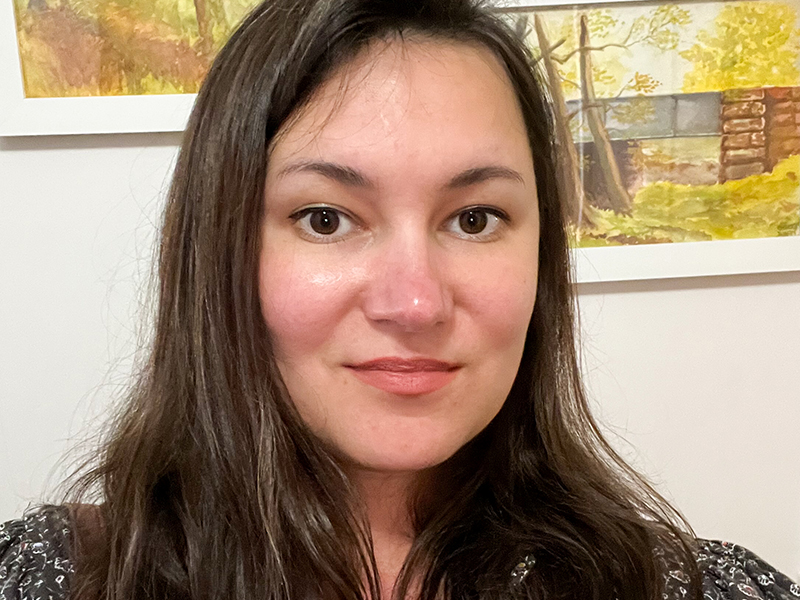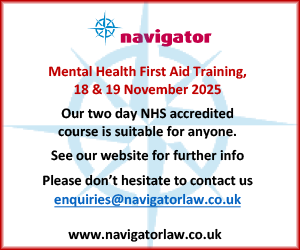Marina Ramsay on an important step we can take to improve accessibility in communications
Ever thought about how hashtags sound on screen readers?
Imagine hearing: “we’re opening our hash new store in hash Edinburgh to sell hash bread.” It can be quite annoying, right?
To avoid this, place your hashtags at the bottom of your post.
It’s a simple tweak that makes a big difference.
Here's how to make hashtags more accessible and inclusive:
1. Formatting
- Capitalise the first letter of each word in multi-word hashtags (eg, #ScottishCharity or #SocialGood). This formatting ensures screen readers pronounce each word individually rather than as one long, jumbled string.
- Lower case hashtags can sound confusing when read by assistive technologies. Proper capitalisation improves readability for everyone, including users with visual impairments and dyslexia.
2. Avoid mid-sentence hashtags
- Best practice: place hashtags at the end of your post instead of embedding them within sentences.
- Screen readers interpret hashtags literally, including the hash symbol (#), which can disrupt the flow of a sentence.
3. Limit the number of hashtags
- We all want our message to reach others and we want people to see our content. So it might be tempting to use as many hashtags as possible!
- Overloading posts with hashtags can be confusing for screen readers and clutter your content. Stick to a few relevant ones that improve discoverability without overwhelming users.
While hashtags are a familiar feature of online communication, small adjustments to how we use them can improve accessibility.
Taking a moment to format them accessibly is a simple step towards making digital spaces more inclusive.
#DigitalInclusion #InclusiveSocialMedia
Marina Ramsay is communications and marketing officer at Planning Aid Scotland.






